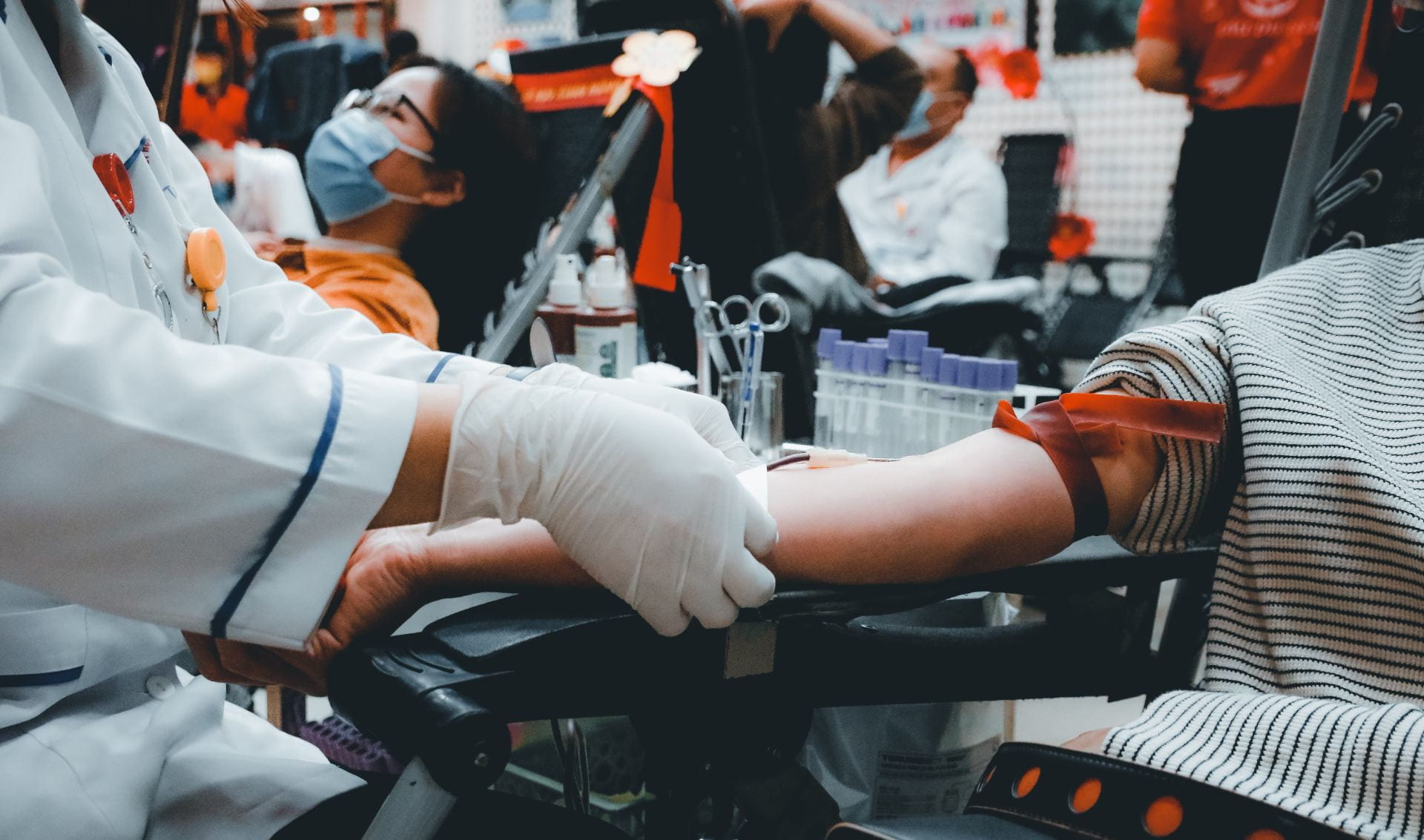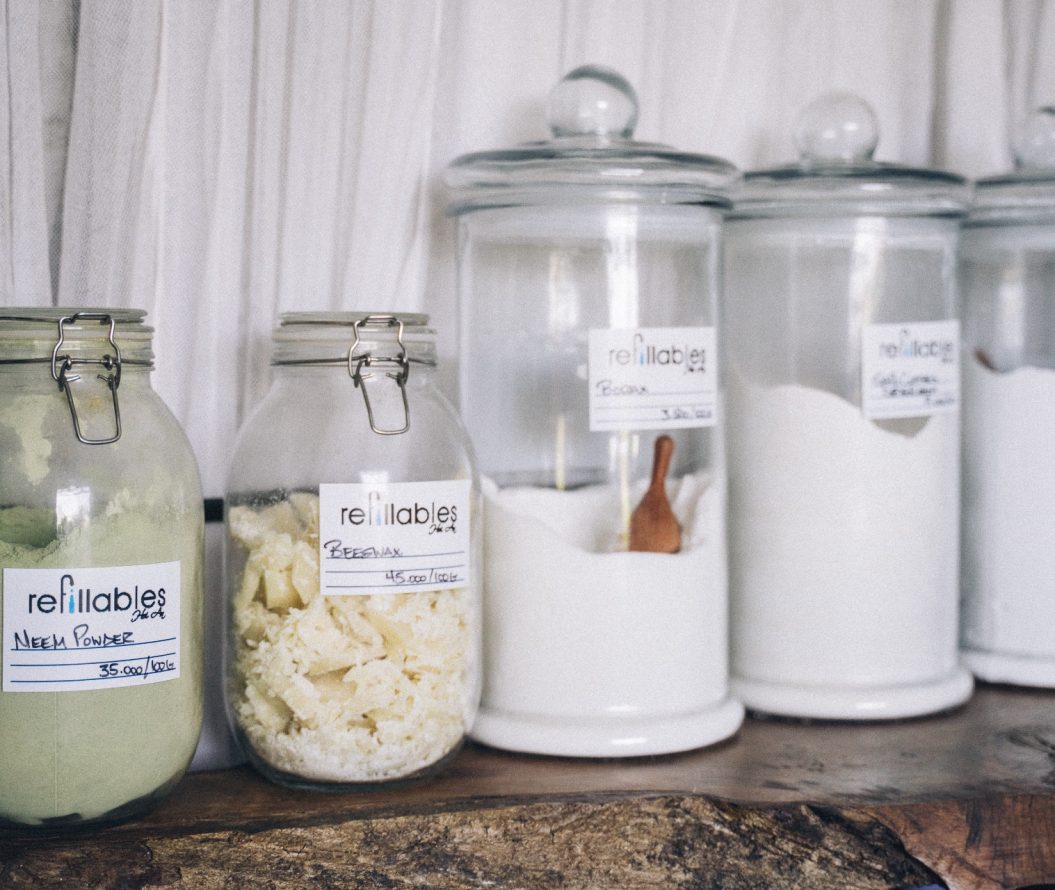
Donating blood: what to expect
Donating blood can seen quite scary if you haven’t done it before, but from personal experience it can be a really rewarding thing to do. On the blood donation website, there is an explanation of all the different ways donated blood is used to help people. Here is everything you need to know before giving blood, including how to do it, what happens, and how to prepare. For more information, visit https://www.blood.co.uk/
How do I donate blood?
Register
Before you can donate, you will need to register your wish to donate online. You can do this by following this link and completing the online registration form. It will ask you a few basic health questions to ensure you are eligible to donate first, and then you will need to register an email address and password to create an account.
Book an appointment
After you have completed the registration, you will be able to book an appointment. Consider the transport options you have before deciding on a venue, it might not be a good idea to choose a venue where you will have to walk a long way after donating. If possible, you might prefer to arrange for someone to take you home afterwards.
Complete the donor health check form
A short time before your appointment, you will be sent a donor health check form. This will include questions to ensure eligibility once again, taking into account lifestyle aspects as well such as tattoos, holidays etc. as this can sometimes have an affect on your ability to donate. Make sure to read these questions carefully and answer honestly.
Show up
Arrive at your venue a few minutes early and register your arrival. You will be asked to sit down in the waiting area.
What should I expect?
Health screening
You will be called over to a private booth for a health screening. This is where they will check over your donor health check form, and confirm whether or not you will be able to donate that day. If your form is okay, they will take a small blood sample from a finger prick to check your haemoglobin levels are high enough.
Donation chair
After your health screening you will sit in another waiting area until a donation chair becomes available. Once one becomes available, you will be taken to the chair and they will confirm your name and address.
They will then use a cuff and a small amount of pressure to find a vein suitable for donation, they will usually ask if you are left or right-handed and use your non-dominant arm for your donation.
Inserting the needle
They will clean the area with an antiseptic sponge, and insert the blood donation needle. This may feel like a small pinch or cat scratch for a couple of seconds but should not be painful (if it is, let someone know). If any samples are being taken, they will first fill up the sample tubes before filling the main donation bag.
Donation
After the needle is in, it will take roughly 7-10 minutes. In this time you will be lying backwards, and the staff will give out instructions of exercises to do every now and then to keep your blood pressure stable, which will speed up your recovery time. It’s a good idea to take a book, play a game on your phone, listen to music etc. to keep yourself distracted and entertained.
Recovery
Once the bag has been filled, a nurse will come back to check on you. At this point they will remove the needle and place a small dressing on your arm. The chair will be moved to an upright position slowly, over a couple of minutes. This is also to allow your blood pressure to stabilise.
Once you are sitting up, and someone has checked you are feeling okay you will be sent to the recovery area where you will be offered a drink and a snack. Take as long as you need here, there is no need to rush. Once you are sure that you are feeling okay, stand up for a couple of minutes to check. You have just donated a pint of blood and it is possible to feel lightheaded and dizzy afterwards, so make sure you feel well enough before you leave.
The blood donation website also outlines the process here.
How should I prepare?
Here is the NHS advice on how to prepare, which is summarised below:
Get a good night’s sleep beforehand.
Make sure to eat regularly, and drink plenty of water, as well as avoiding alcohol both before and after as this is extremely dehydrating.
Avoid excessive exercise both before and after.
Wear something that easily allows access to your veins, such as short sleeves or sleeves that can be rolled up. Due to current COVID restrictions, you will also need to wear a face covering.
If you are especially nervous, let someone know. The staff are always friendly and will help to put your mind at ease!
- Topics
- Health



